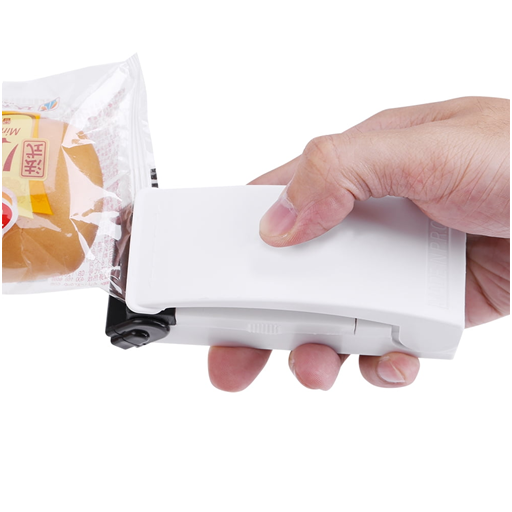Refrigerators are indispensable fixtures in nearly every home, serving a pivotal role in maintaining food freshness and prolonging shelf life. This article will explore the functionalities, advantages, and diverse types of refrigerators, emphasizing their significance in contemporary kitchens and daily routines.
Understanding Refrigerators:
Refrigerators are cooling devices engineered to uphold temperatures lower than the surrounding room environment, effectively retarding the proliferation of bacteria and fungi while preserving perishable food items. They function by transferring heat from the interior to the exterior, ensuring foods remain cold and fresh.
Functions and Features:
Modern refrigerators boast an array of features and functionalities designed to optimize food storage and organization. These may include customizable shelves and door bins, temperature-regulated compartments tailored for meat, produce, and dairy, alongside advanced technologies like humidity-controlled drawers and air purification systems aimed at extending food longevity.

Benefits of Refrigerators:
1. Food Preservation: Refrigerators aid in the preservation of perishable foods by slowing spoilage, inhibiting bacterial growth, and elongating shelf life, thus reducing food wastage and enabling households to purchase in bulk and store leftovers safely.
2. Convenience: Refrigerators provide convenient access to fresh food and beverages, negating the need for frequent grocery store visits. Additionally, they offer ample storage capacity for a diverse range of food items, from fruits and vegetables to dairy products and beverages.
3. Energy Efficiency: Modern refrigerators prioritize energy efficiency through advanced insulation, compressor technology, and energy-saving features such as LED lighting and temperature sensors. This not only minimizes energy consumption but also reduces utility costs and environmental impact.
4. Organization: Refrigerators facilitate efficient food organization and accessibility through adjustable shelves, door bins, and specialized compartments for different food types. This promotes streamlined meal planning, diminishes food wastage, and simplifies item retrieval.
Types of Refrigerators:
1. Top-Freezer Refrigerators: These conventional models feature a freezer compartment positioned atop a larger refrigerator section. They are cost-effective, space-efficient, and offer substantial storage capacity suitable for most households.
2. Bottom-Freezer Refrigerators: With the freezer compartment located at the bottom, these models provide easier access to frequently used refrigerator items without the need for bending. Many incorporate pull-out drawers for convenient storage and organization.
3. Side-by-Side Refrigerators: Characterized by vertical doors splitting the fridge and freezer compartments down the middle, these models afford easy access to both sections and are ideal for kitchens with limited space or narrow configurations.
4. French Door Refrigerators: These models feature two side-by-side refrigerator doors and a bottom freezer drawer, offering ample storage space, customizable organization options, and convenient access to fresh and frozen foods.
Conclusion:
In summary, refrigerators are indispensable appliances pivotal in preserving food freshness, enhancing convenience, and curbing food wastage in modern households. With an extensive array of types and features available, homeowners can select the ideal refrigerator to match their storage needs, lifestyle, and kitchen layout. By investing in a quality refrigerator, households can relish the benefits of fresh, nutritious food and efficient food storage for years to come.




![Snapchat Spectacles (5th Gen) [Top Features Unveiled] [2024] Snapchat Spectacles](https://barefootclimb.com/wp-content/uploads/2024/10/Snapchat-Spectacles-150x150.jpg)






